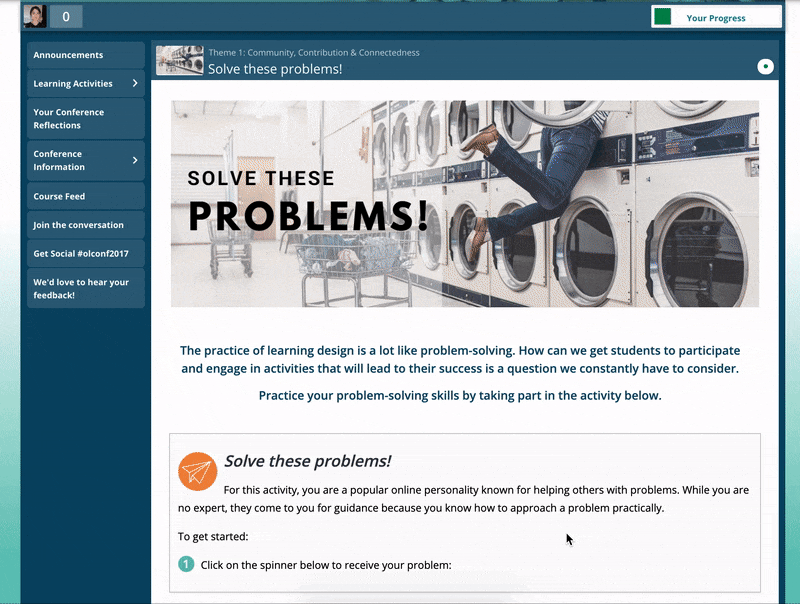Online learning was already on the rise before COVID-19, but in the past couple of months we have seen our demand spike as more organisations continue to conduct their teaching and learning online.
In the short term, learning providers have been doing the hard work of moving existing course materials online in an unprecedented response to travel restrictions, social distancing rules and shutdowns.
This is a new experience for many. But it’s also a long-term opportunity to improve on existing approaches to online learning—and to find ways to help learners adapt to life beyond the lockdown.
Helping learners to get access to the Internet and related devices is necessary. But this alone is not enough to meet learners' emotional and academic needs.
It’s just as important to connect emotionally, especially with learners who may be grappling with higher levels of anxiety or stress. Everyone adapts differently and with different levels of motivation. Support students by including relevant topics in your course such as stress management, working remotely, and digital fluency: all skills that will be just as relevant in the future as they are today.
Reach out to your learners to find out what their individual learning needs are. Go one step further by connecting these needs to your learning outcomes, as a systematic way to develop lifelong learning skills that will motivate your learners for the rest of their careers.

By setting learning outcomes for these skills, you’re also setting an intention to help your learners achieve them.
We are living in a time when there is no shortage of short courses on professional skills such as project management, financial planning, and marketing. Here are just a few of them on the OpenLearning marketplace:
 |
 |
 |
But beyond this, there is also a growing demand for “higher-order” soft-skills such as empathy, managing emotions, professional ethics and decision-making. Businesses are finding it difficult to fill entry-level positions because applicants don't have the opportunity to demonstrate these skills. That’s probably why we have started to see more of the following types of courses on the OpenLearning marketplace:
 |
 |
 |
Equip your learners with opportunities to develop soft skills by designing relevant and practical learning experiences.
The benefits of collaborative, interactive, social learning experiences are clear. Sharing ideas, participating in group discussions, and giving and receiving feedback are all hallmarks of community-based learning that are suggested by research to motivate and engage learners.
But it’s not easy to get people to interact in face-to-face classes—let alone online.
To make it easier, OpenLearning is designed to put community and connectedness at the heart of every online learning experience, using interactive sharing activities like this one:
Empower your learners to play an active role in the learning community using the sharing tools and widgets that are available on the platform. This gives your learners the opportunity to build their social skills while learning from each other’s experiences.
Ultimately, this is a new experience for many of us. So don’t worry too much about getting it right the first time around! Focus on meeting your learners where they are, and take it one step at a time. If you’re feeling overwhelmed, feel free to reach out via our Help Community or Creator Community for support. All the best with your teaching and learning!
Is your organisation affected by the coronavirus lockdown? We might be able to help.
Find out more and sign up for a free trial here:
